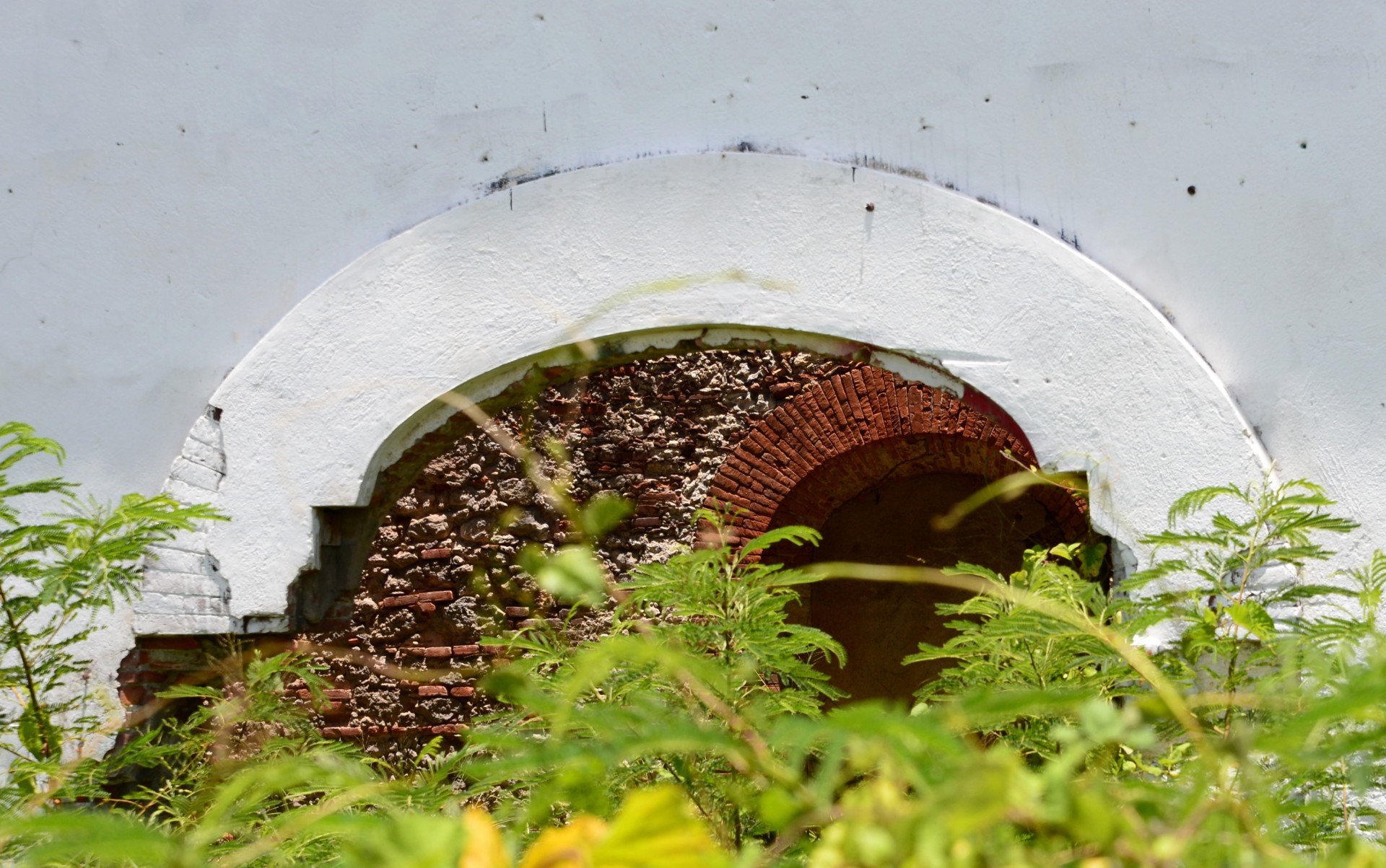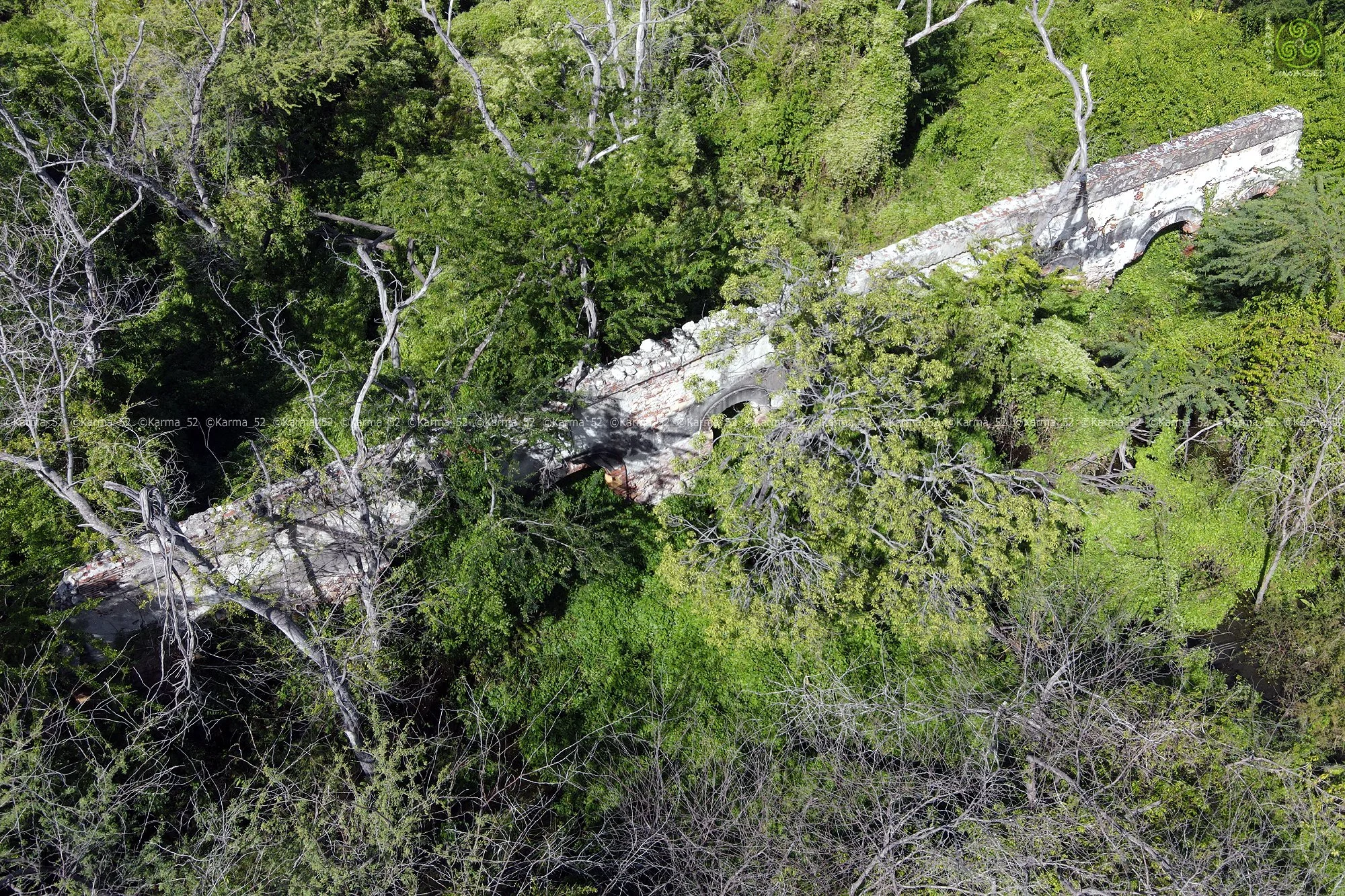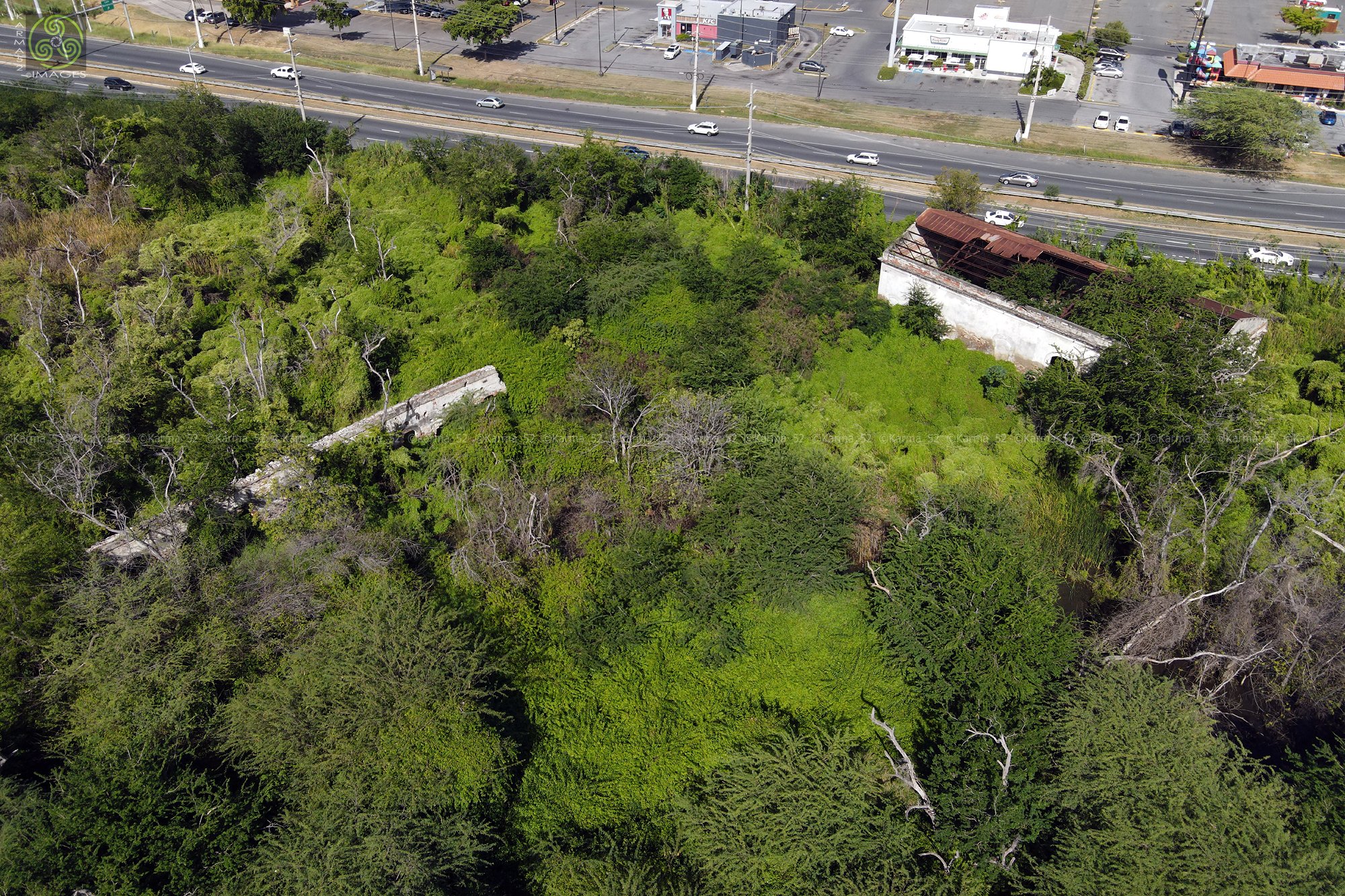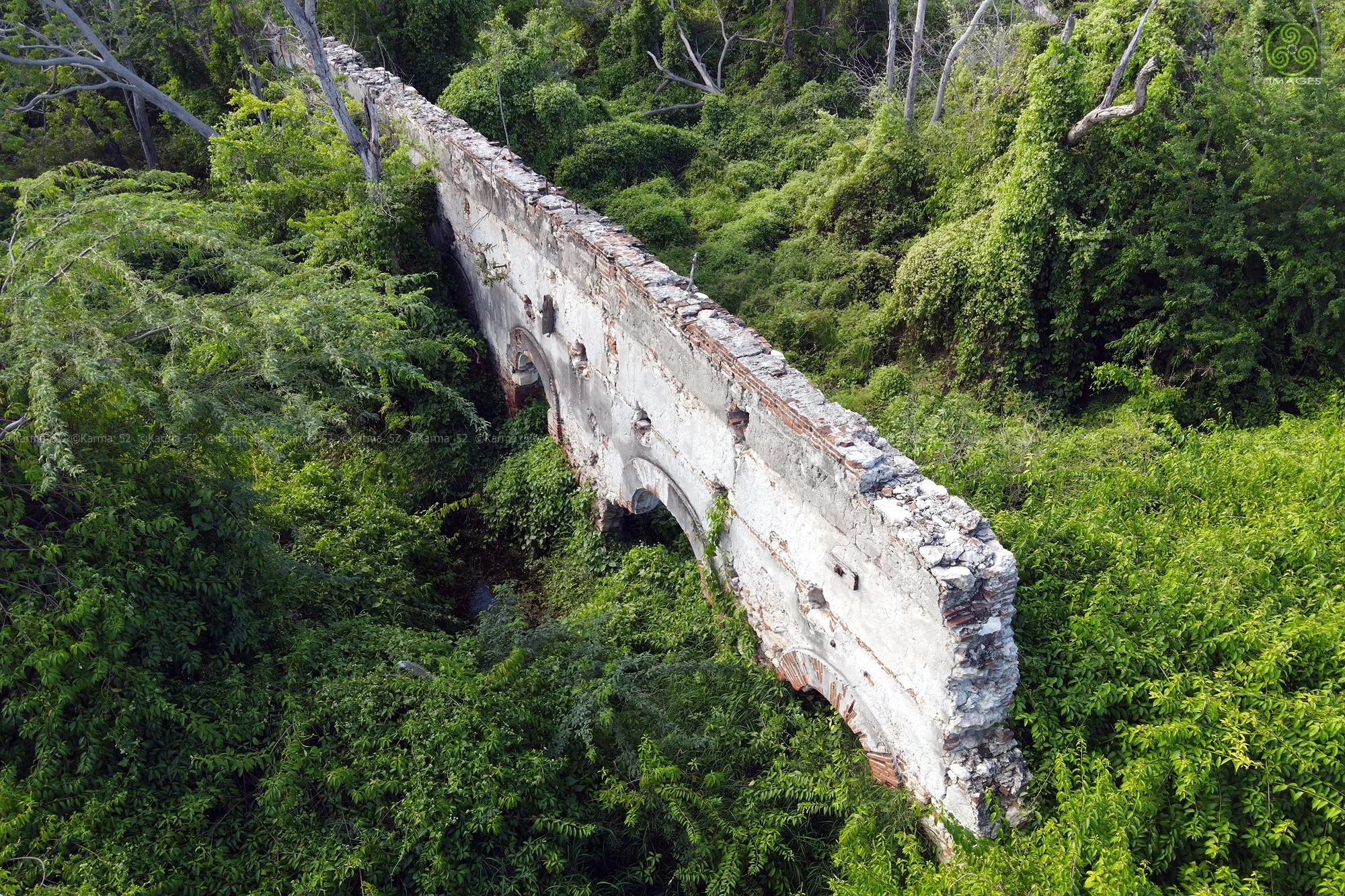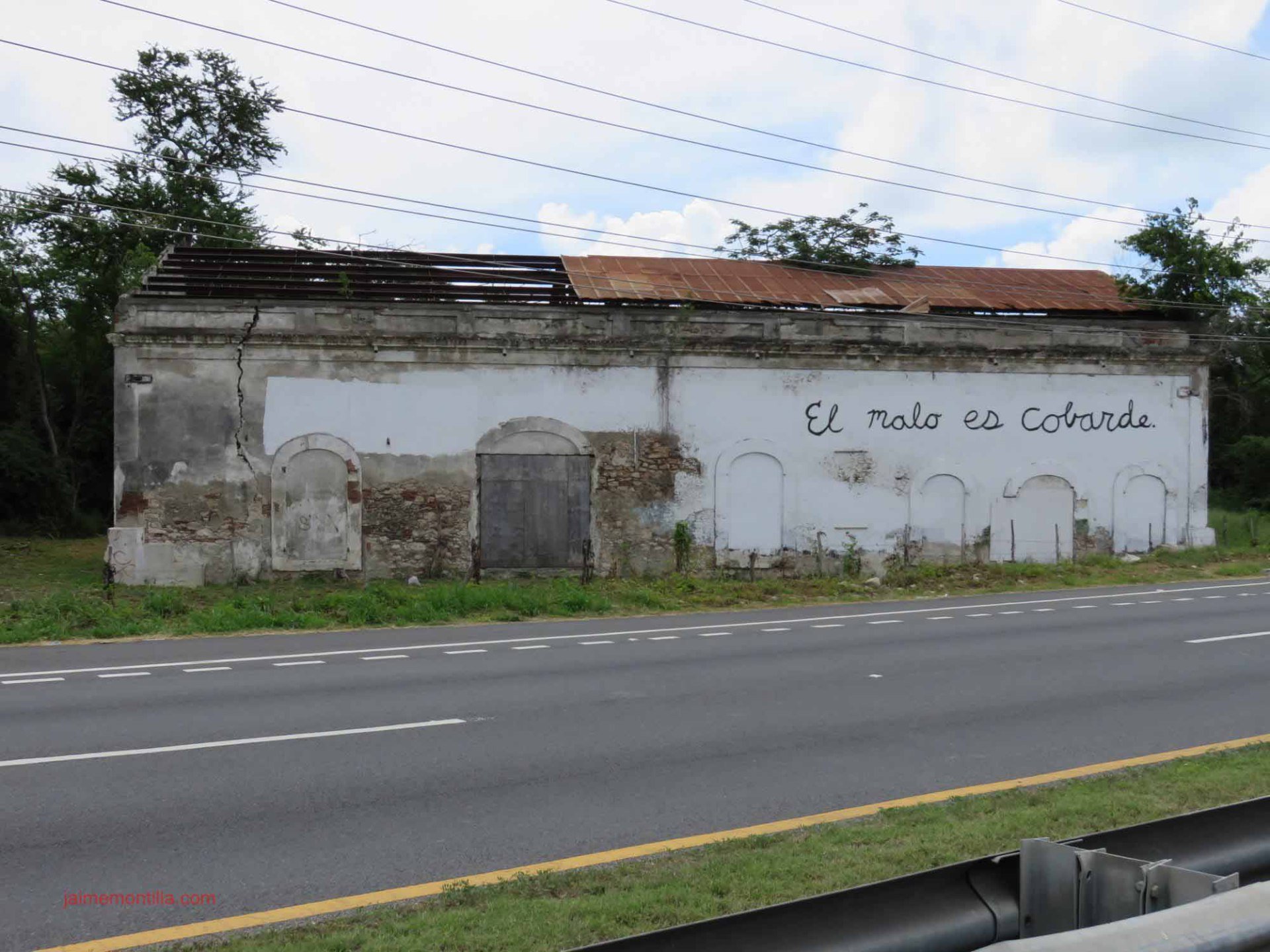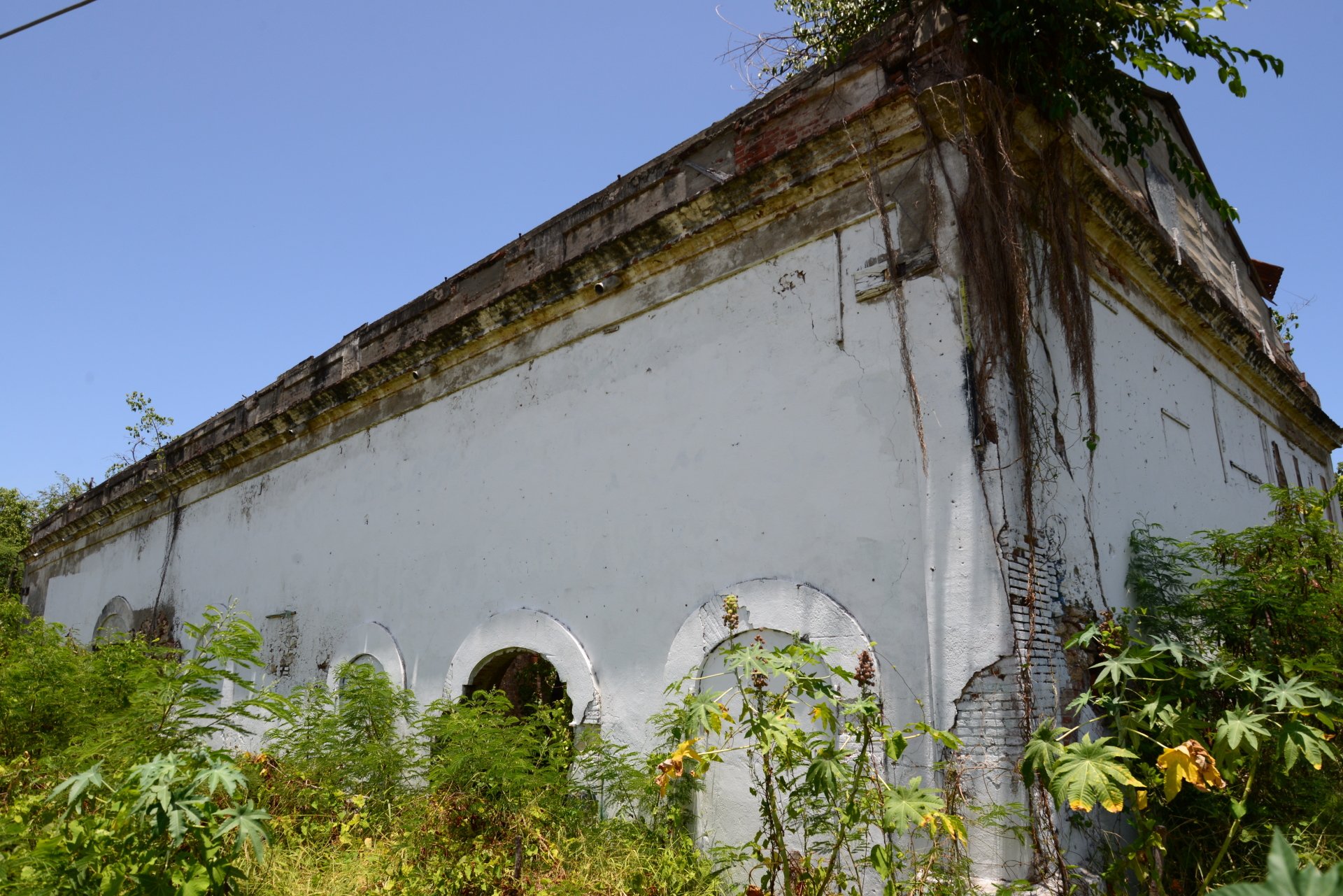
Hacienda La Matilde
Hacienda La Matilde was promoted by Juan Prats Vidal (1804-1896 ), a Spanish immigrant from Palamós, Catalonia who reportedly arrived in Puerto Rico in 1824 and his wife Enriqueta Hinsch Gonzalez (1819-1896) of German father and Venezuelan mother, born in Martinique. Juan and Enriqueta had six children: Juan Germán (1840-1913) who never married, Miguel Prats Hinsch (1842-1890) who never married, Julio Prats Hinsch (1860-1903) who married Dolores Labarthe Tirado, Enriqueta Prats Hinsch (1861-1901) who never married, Adelaida “Adela” Prats Hinsch (1863-1897) who married Adolfo Labarthe Tirado and Matilde Prats Hinsch. Juan Prats Vidal would eventually become the richest man in Ponce and one of the wealthiest in all of Puerto Rico.
Hacienda La Matilde seems to have been established in the 1830s, by 1841 it consisted of one thousand two hundred thirty three acres as evidenced by a request of title made by Juan Prats to Governor Miguel de la Torre. According to Franscisco Scarano in his book Haciendas y Barracones: Azucar y Esclavitud en Ponce 1800-1850, in his petition, Prats could only verify ownership of nine hundred nine acres and attributed the difference to an error in measurement. In his book, Scarano does not list Prats as a hacienda owner in 1827 but does list him as such in 1845. In her book De Los Bueyes al Vapor, Lizette Cabrera Salcedo states that in 1846 Hacienda La Matilde consisted of one thousand two hundred fifty acres with one hundred fifty planted with sugarcane and that its mill was an oxen driven mill. She also states that by 1863 Hacienda La Matilde already had a steam driven mill. The date it ceased to operate is unknown.
The December 2010 final report of the Monitoring Project for Punta Cucharas Natural Reserve includes the 1887 map below that verifies that the land of Hacienda La Matilde extended from the Ponce Urban area west of the Portugués River to the area today known as Las Cucharas. It also states that Juan Prats sold the hacienda to Francisco Barnés and although the year of the sale is not stated, it was between 1876 when a concession of water right to extract water from the Maguelles and Marueño rivers was granted to Juan Prats and 1888 when Francisco Barnés requested the concession be transferred to him. The study also states that in 1889 the owner of Hacienda La Matilde was Adolfo Labarthe when he filed a request to use water from the Marueño River. Adolfo Labarthe Tirado (1858-1926) was married to Adelaida Labarthe Hinsch (1863-1897), daughter of Juan Prats.
Hacienda La Matilde was the first hacienda in Ponce to have a water vapor powered irrigation system installed after receiving Government permission in 1843 to use waters from the Magueyes/Canas River and in 1876 from the Marueño River. In his book, Scarano also states that in 1859 Juan Prats owned three haciendas with a combined labor force of one hundred seventy eight slaves, in addition to owning a prosperous mercantile firm for wholesale trade. In partnership with also Catalonian immigrant Gerónimo Rabassa, Prats was involved in slave trade as documented by several deeds dated in 1836 evidencing the sale of eleven slaves to a landowner in Guayanilla. In 1839 Prats appears as consignee in a shipment of over two hundred seventy slaves sold to Flavius Dede and Fernando Overman for 54,000 pesos. It is worthwhile noting that Prats was cousin of Juan Prim, whose short tenure as Governor of Puerto Rico included the 1848 "Black Code" which imposed severe penalties on free and slaved Africans for any disciplinary or rebelious act. In the 1872 Puerto Rico Slave Register, Juan Prats Vidal appears owning one hundred four slaves, all resisted at Barrio Canas where Hacienda La Matilde was located.
According to the Ponce property registry, Hacienda La Matilde was the first rural property recorded in Ponce's Property Registry Section I on May 1, 1880 with a value of 36,000 pesos. Today, the only structure standing is what appears to have been a warehouse located on the south side of the PR-2 just east of the PR-52 and PR-2 junction across the road from the Ponce Towne Center. The drone photos in the gallery below, taken in November 2021 and made available thanks to the courtesy of Carlos Alemán, show a remaining standing wall of a larger structure which very well could have been the sugar factory.
